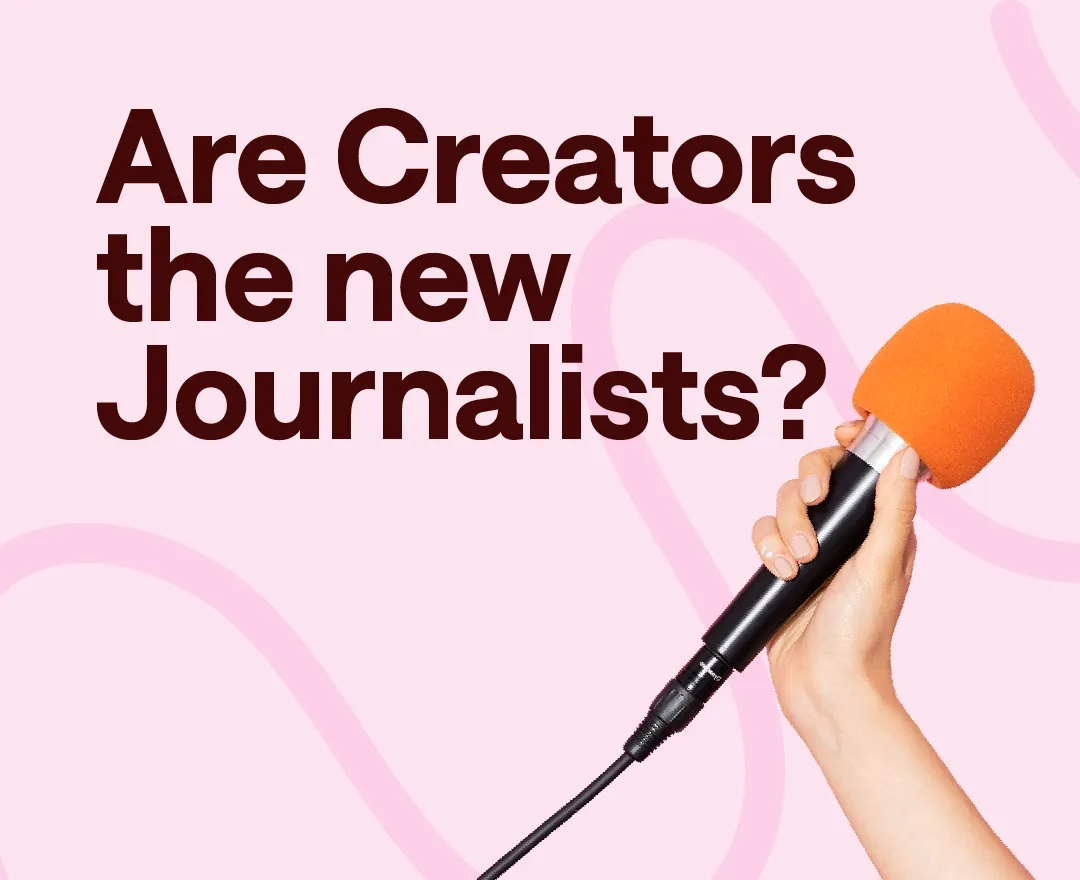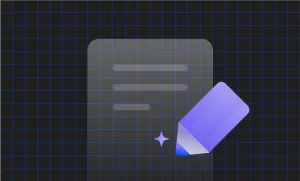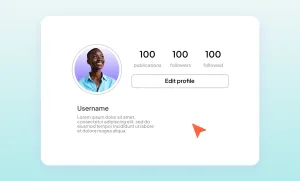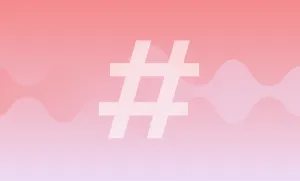Where do you get your news? Do you sit down to watch the evening news? Or do you have a favorite news app? Do you listen to podcasts about politics? Or do you get all your news from bite-sized online videos?
While many US adults still get their news from traditional sources like news channels and papers, the tide is quickly turning with the rise of social media. And more and more young adults and teens are getting their news from one app in particular.
Can you guess which?
It’s TikTok, of course!
The data says it all. In 2023, (14%) of Americans cited TikTok as a source they get news from, which rises to 29% of adults under 30. A similar percentage of the UK adults (10%) regularly get their news from TikTok.
Coincidentally, the journalism industry was hit pretty hard in 2023, with over 8,000 job cuts across the US, UK, and Canada. But is this a coincidence? Let’s investigate.
What’s Gen Z’s obsession with TikTok?
When TikTok first launched before the pandemic, it was awash with dancing teens, pranks, and challenges. In 2024, it’s become one of the most popular apps around the world, with endless content covering every topic under the sun ready to be discovered.
This includes news, from summaries of ongoing conflicts to celebrity updates.
But why are the younger generations turning to TikTok for their news?
Well, for starters, teenagers and young adults are more online than previous generations, with over half of US teens spending a minimum of four hours on social media every day.
They get their social interaction, fashion advice, recipe ideas, and workouts from TikTok, so why not their news, too?
Isn’t getting news from social media a bit… risky?
Yes, it can be. But, like anything, it depends on the source.
Many traditional news channels, from the BBC to ABC, have verified profiles on the platform where they share breaking news stories in short-form, vertical formats. In fact, 64% of respondents to an Ofcom study say they follow a journalist on TikTok, either as part of an organization or independent, proving that journalists do still have a place on TikTok.
But journalists aren’t the only ones creating news content on TikTok. Their videos appear alongside those of content creators who are finding success by engaging their audiences with well-researched, high-quality, and newsworthy content.
So, we have to take a moment to highlight some of these creators, who are doing a great job of responsibly sharing news and important information, like Kelsey Russell!
Kelsey has found an incredible niche, positioning herself as a media literacy expert, or, in her own words, ‘the media literate hottie.’ She spends her time online reading articles from newspapers (yes, physical newspapers) and explaining the context in a way that is easily digestible and relatable to younger audiences.
So it's clear, that the level of quality you’ll see will depend on the source – whether it's a journalist or a content creator. But, how do you make sure the news you're getting is reliable? Social media is a haven for fake news and sensationalism. Here's what to keep in mind when consuming news:
– The algorithm: Creators always have TikTok’s algorithm at the back of their mind. They know they need to create highly engaging videos that feed the algorithm, generating views and likes and, therefore, income for the channel.
– Bias: The need to prioritize engagement can factor into creators’ decisions about what ‘news’ stories to cover, increasing the risk of bias that most journalists try to avoid.
– Quality of reporting: Most journalists are trained in their specialism and typically have access to better resources than the average content creator.
Digital news isn't newsworthy
That’s not to say digital news isn’t good quality. But the presence of news channels and journalists on social media isn’t new at all.
Vice Media and Vox pioneered digital-first news coverage, creating content aimed at younger, more tech-literate demographics. Vox, in particular, is known for its well-edited, socially relevant content and has amassed over 300 million followers on TikTok.
The fact is, the barrier between traditional news and digital-first content has been breaking down for a long time, with many journalists choosing to go solo. For example, Sophia Smith Galer, an ex-BBC journalist, has over half a million followers on TikTok, while Johnny Harris, an Emmy-nominated journalist who previously hosted a digital news series for Vox, is well-known for his engaging yet credible TikTok and YouTube content.
A new way of getting the scoop
So, is TikTok replacing journalists? The short answer is no. But it is changing how journalists reach audiences.
This evolution has even seen journalists leaving their traditional jobs to pursue careers as content creators — maybe in part because of the lack of jobs available, but also because they’re better able to connect with the public when they have autonomy over the stories they pursue and the content they create.
Perhaps a more relevant question is, ‘What power does social media give to journalists and their audiences?’
You and I can have thousands of sources for news at our fingertips on TikTok, from trusted newspapers that are looking to capture younger audiences’ attention to independent creators covering smaller stories. This allows us to find the stories we care about while exploring a greater variety of reporting styles — all for free.
Yes, we may have to exercise some caution when scrolling our FYPs, but valuable, credible content is there. You just need to find it!








